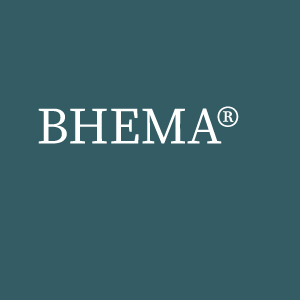BHEMA is a bis-(Hydroxyethyl)methylamine/ Methyldiethanolamine, which is a low-volatility tertiary amine which may be useful as an alternative to TEA.
BHEMA
CAS#: 105-59-9,
Functions: Tertiary amine,
Product Applications: Water miscible metal working fluids,
Product Classes: Amine, Lubricants, Metalworking & Grease, Tertiary
Supplier: Huntsman
Functions: Tertiary amine,
Product Applications: Water miscible metal working fluids,
Product Classes: Amine, Lubricants, Metalworking & Grease, Tertiary
Supplier: Huntsman
BHEMA
$0.00
Product Information
BHEMA is a bis-(Hydroxyethyl)methylamine/ Methyldiethanolamine, which is a low-volatility tertiary amine which may be useful as an alternative to TEA. It has low acute toxicity, and low nitrosamine potential.
BHEMA is a DEA-free tertiary amine used to provide reserve alkalinity and pH boost in metalworking fluids. It is a stronger amine than TEA, having a pKa more like that of DEA. Its low vapor pressure is an asset where amine volatility is a concern.
Features
- Alternative to TEA
- Low mammalian and aquatic toxicity
- Low potential for nitrosamine formation
- Effective in single amine formulations
Benefits of BHEMA
- Low volatility, which reduces airborne exposure
- Not classified as corrosive under DOT
- Shows lower tendency to stain than TEA
- Slightly stronger base and lower molecular weight than TEA, so less amine is required for pH development
- Good reserve alkalinity
- Good copper and cobalt leaching characteristics
Volatility is an important consideration in metalworking applications where misting is a concern. Data below illustrate the low volatility of Huntsman products, such as DIGLYCOLAMINE® Agent, monoethanolamine (MEA), DEA, TEA and BHEMA, relative to other amines commonly used in metalworking applications.
Volatility of Some Common Metalworking Amine Solutions
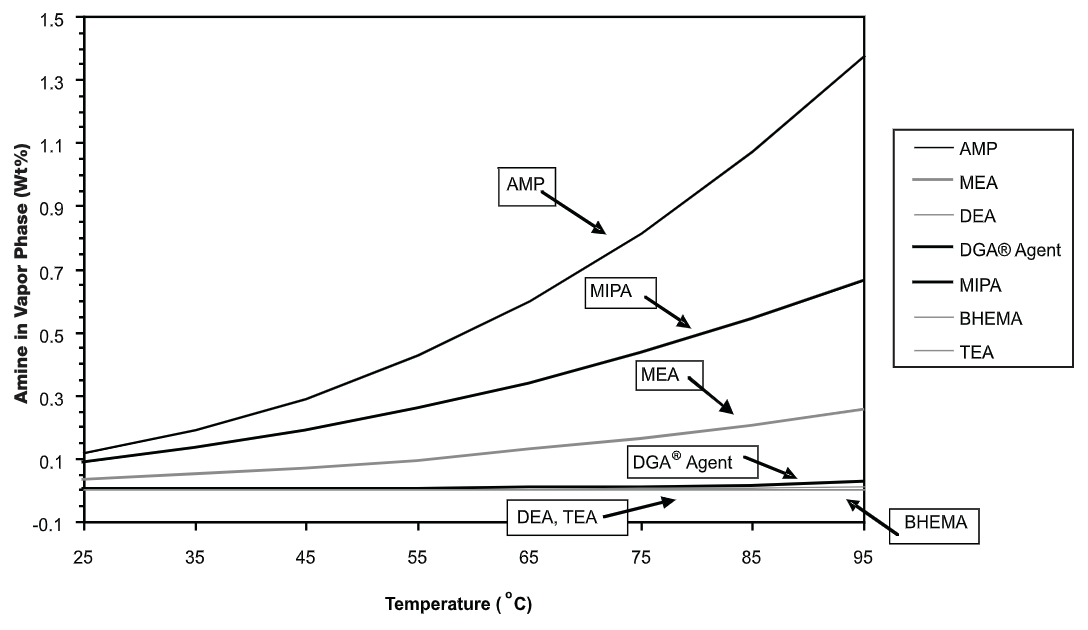
BHEMA Environmental Profile
| Test | Value | Interpretation |
|---|---|---|
|
Octanol: water partition coefficient (log Kow)
|
-1.08 | Very water soluble; low bioaccumulation potential |
| Fish Toxicity – 3 species | LC50 760-2300 mg/l | Practically nontoxic |
| Invertabrate Toxicity (Daphnia) |
EC50 230 mg/l
|
Practically nontoxic |
| Algal Tox | EC50 26-45 mg/l | EPA slightly toxic |
Related products
-
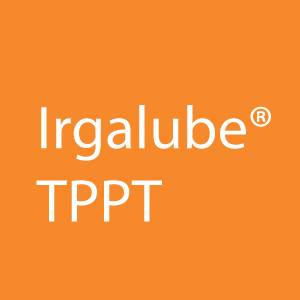
Irgalube TPPT
$0.00 -

Irganox L 101
$0.00 -
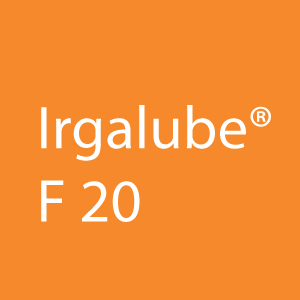
Irgalube F 20
$0.00 -
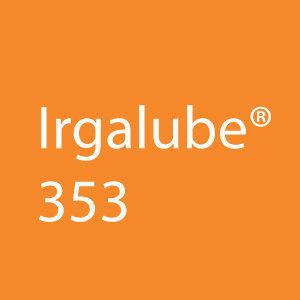
Irgalube 353
$0.00


